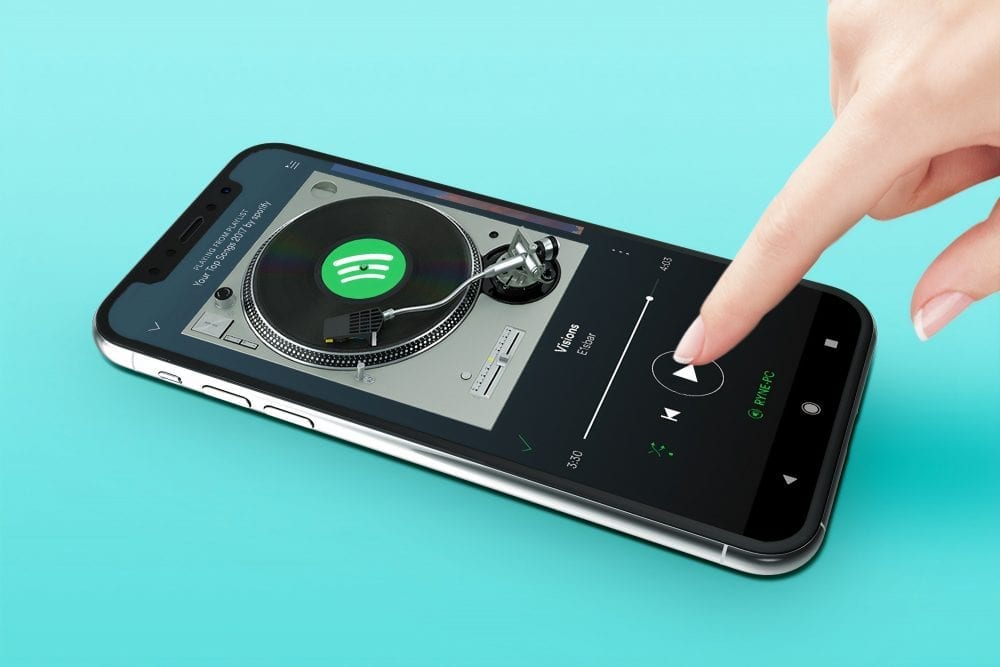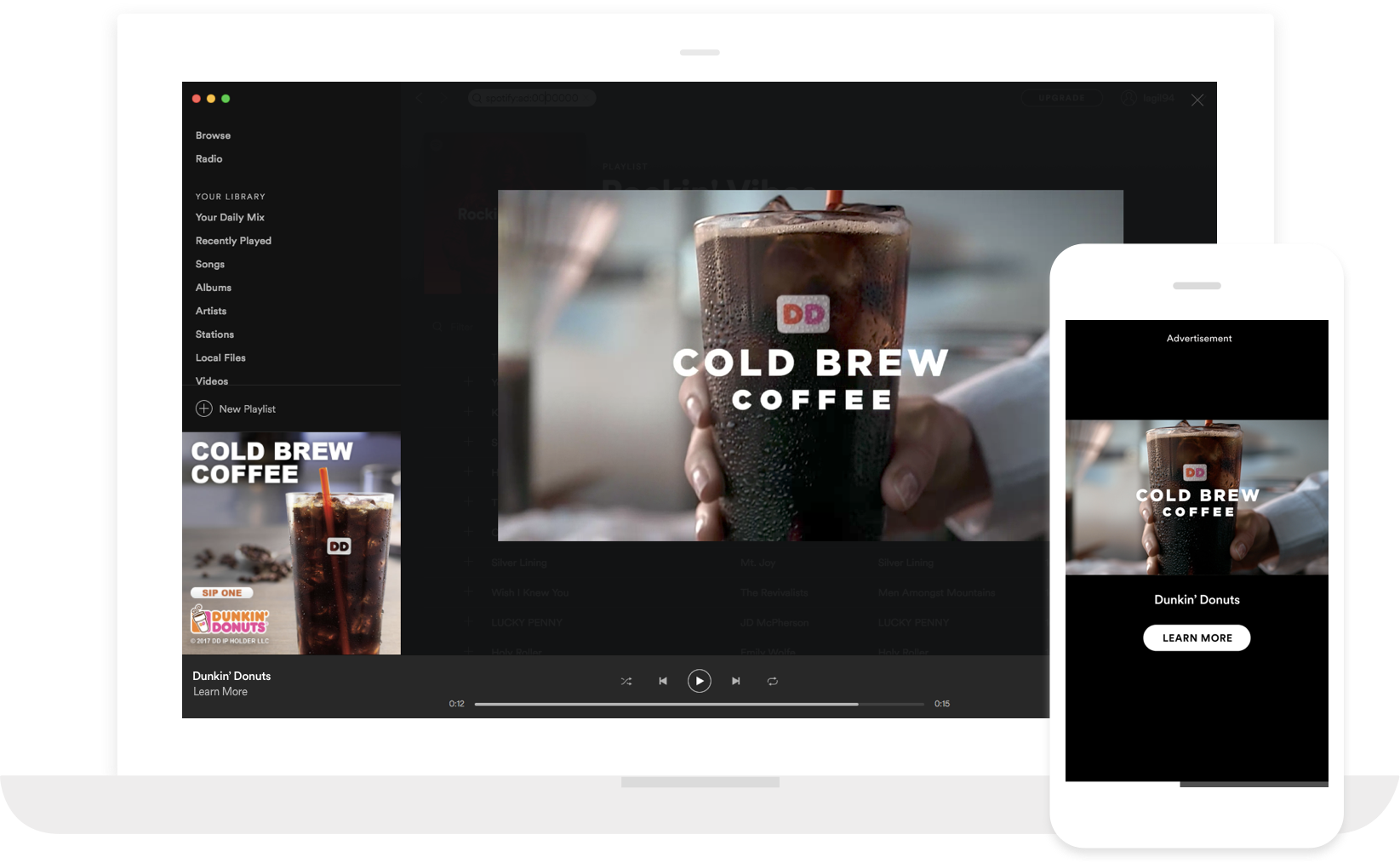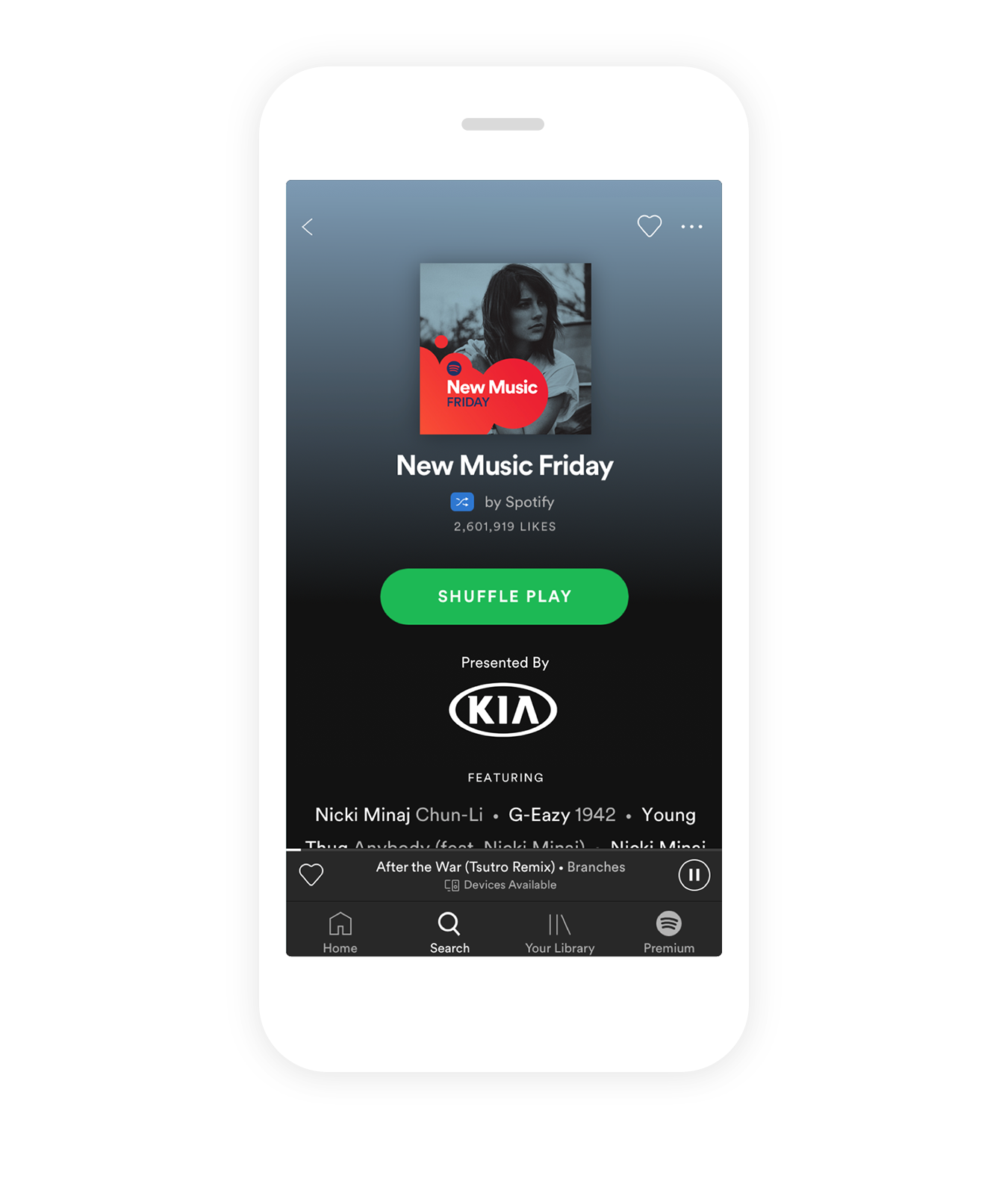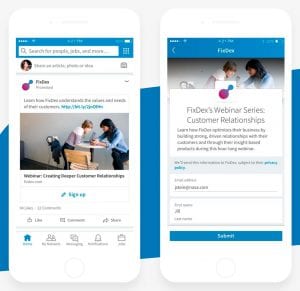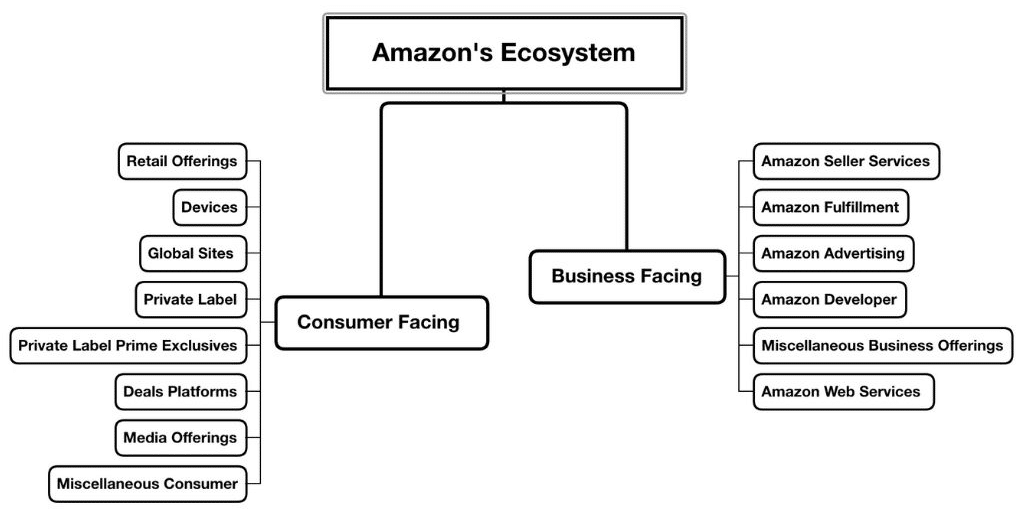5 RULES FOR CHOOSING EFFECTIVE KPIs
There is plenty of data which can be used for measuring the performance of a business. With all this information we can sometimes feel overwhelmed. It is therefore paramount that we define effective KPIs in order to help us make clear decisions. But how do we choose the right ones?
DEFINE YOUR OBJECTIVES CLEARLY
The indicators you choose will depend on your business, your sector, your objectives and your vision, and must allow you to measure the progress made, or needed, in order to achieve your strategic objective.The choice of KPI should be determined by corporate objectives, and clearly defined. For example, a KPI could be linked to a growth objective, whether it be turnover or client base etc.
5 GOLDEN RULES
Here are the key factors to consider when choosing a KPI:
- Quantifiable: You must be able to precisely measure these indicators
- Simple: A good indicator must be simple to set-up and to understand
- Trustworthy: The decision-maker must have confidence in the indicators they will use
- Actionnable: A key indicator must help decision-makers to take action and therefore must focus on an area which the business has the means to improve (for example, the rate of change could be an important factor for the performance of your business, but as you have no direct control over this, it cannot be a KPI.)
Begin by choosing three priority objectives and then decide on a maximum of 3 KPIs for each objective. For some objectives, you may only need one KPI. On the other hand, if you think that you will need 5 or 6 indicators, then it’s likely that your objective is not as well defined as it could be.
HOW DO THESE BENEFIT YOUR COMPANY?
Choosing important and relevant KPIs will improve the productivity and profitability of your business in a number of ways:
- You will be able to make more objective decisions: KPIs should provide precise performance data which will help you make decisions based on fact.
- Your employees will feel more involved: Employees who have a clear idea of what is expected of them and who receive regular feedback on their work, are more productive.
HOW TO USE THESE KPIs EFFECTIVELY
It is essential to be able to track all of your KPIs via one single platform in order to obtain a fast and precise real-time overview of your company’s performance. A dashboard is the ideal tool for this .
- Reactive: The KPIs are updated in real-time.
- Automated: the data is integrated without the need for manual entry.
- Capability to spotlight an indication which stands out to you, in order for you to study it in further detail
- Effective collaboration thanks to annotations and comments
If you would like to identify the most important KPIs for your company and to find out more about our personalisable dashboard, reserve a free demonstration with our experts now.



